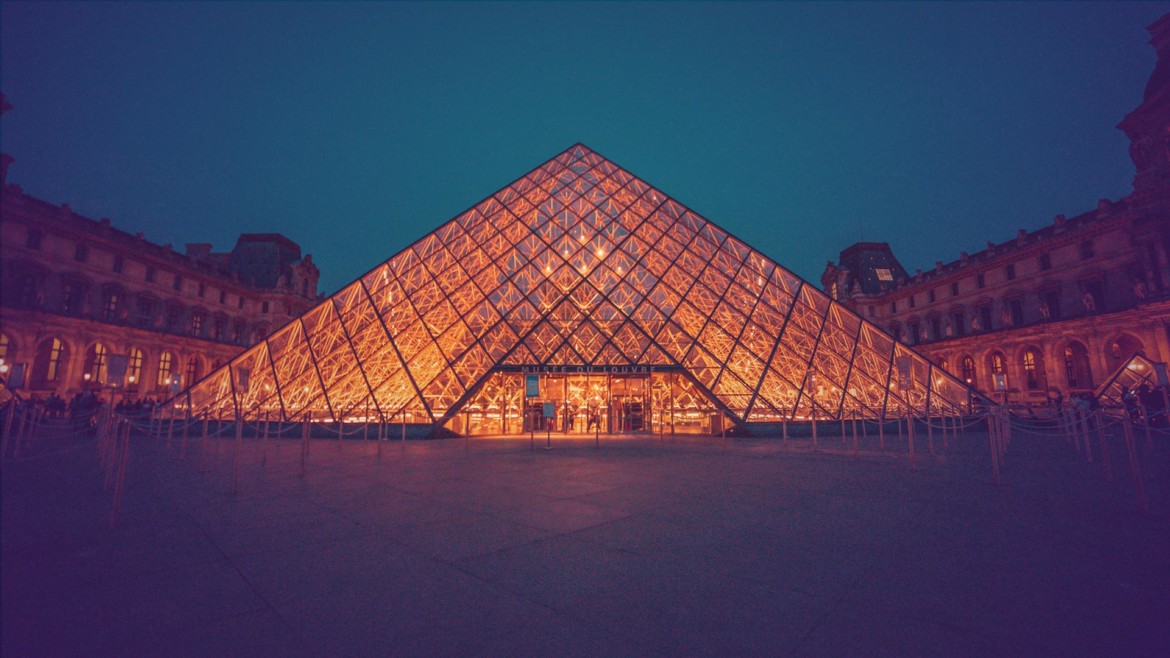Sustainable action and management in terms of climate protection is the task of society as a whole. However, this also involves questions of the level of knowledge and the resources available. In these areas, there are major differences in the various sectors of the economy. The cultural sector has been under discussion here for some time with regard to its poor record. While cultural institutions and creative professionals are now reflecting on their role in climate change, “at the same time, they complain about a lack of funds, bureaucratic structures and insufficient knowledge of how to act in order to implement concrete measures,” according to the Federal Cultural Foundation. For precisely this reason, the Foundation has implemented the model project “Climate Balances in Cultural Institutions.
Translated with www.DeepL.com/Translator (free version)
Don’t follow in big CO2 footsteps

© Bharat Patil
A total of 19 cultural institutions have taken part in the project and, with expert support, have drawn up their carbon footprint and calculated their carbon footprint over the past four months. Among the participants are museums, music venues, theaters, orchestras and the Federal Cultural Foundation itself with its branch in Halle. They were supported in the balancing process and received climate coaching in order to be able to act and operate in an improved environmentally friendly manner. “The aim is to test the process of preparing a climate balance sheet in the cultural sector as a model, in order to show cultural institutions an instrument on the way to climate neutrality.”
On the one hand, the project should generate data that reveals more about the climate impact of cultural operations. On the other hand, it is also about raising awareness, imparting knowledge and concrete recommendations for action that can also be used by other institutions and businesses in the future.
The biggest energy guzzlers include the air conditioning systems in museums and archives, which are used to protect the exhibits. On the other hand, there are the transports, especially those by airplane. Not only do artists and ensembles fly halfway around the world for guest performances, but works of art on loan also travel enormous distances, adding up to many air miles.
Last Night a DJ took a Flight

© Clean Scene
The problem with air miles has also been an issue in another area for some time: club culture. Because the hip clubs of this world also need the hip DJs and producers of this world. So every weekend, an insane number of air miles are traveled for hedonistic pleasure. Since the bookings are usually exclusive, meaning the artists are not allowed to play another gig in the area, DJs and producers often fly halfway around the world for just one gig, only to fly halfway around the world again the next day for the next one.
The Berlin-based collective Clean Scene took a closer look and created a carbon footprint for a number of top DJs. The results were published under the title “Last Night a DJ took a Flight”. The data from the online portal Resident Advisor served as the basis, with which the collective created a list of the 1000 top touring DJs. Based on the registered bookings of the DJs, the air miles and a carbon footprint of 2019 were calculated.
Strengthen local scenes for the climate
The results may not come as a surprise, but they are of course alarming. 51,000 flights, 117,000,000 kilometers traveled and 35,000 tons of CO2 released. The average DJ thus releases 35 tons of CO2 per year. Recommended is 2 tons. However, there are serious differences between the top 100 DJs in the list in terms of travel activity and the last 100. The latter only average 3.3 tons per year, while the top 100 DJs on the list emit an average of 88 tons of CO2 per year. Climate-friendly is a different story. Based on this, the collective has developed some suggestions for improvement, “to create a cleaner, greener, and more equitable future for dance music.”

© Danny Howe
In order to create more climate justice in the dance scene in the future, the collective attacks the exclusive contracts that lead to DJs and producers having to fly much more to be able to play gigs. This is less the fault of the DJs than of the promoters, who want to set their clubs apart from the competition. In addition, bookings should increasingly come from the local area of the location, as the problem does not arise here in the first place in this form and, moreover, also benefits the local scene.
But tour routing could also be made more energy-efficient. From Sydney to Paris to Seoul is not only exhausting for DJs, but also for the climate. Agencies and organizers in particular should be able to network better and learn from each other in the sense of best practice. The collective emphasizes the importance of such networks, since many of the decisions are made by agencies and organizers.
Towards a new normality
Hopes are high that the cultural sector will recover from the crisis. The openings in Germany are a good sign and many are breathing a sigh of relief. At the same time, the topic of climate protection has arrived in the cultural sector. The projects “Climate balances in cultural institutions” and “Last night a DJ took a flight”, which are so different from each other, have therefore come at exactly the right time. Because there will be no going back to the old normal. Rather, we need to create a new normality. And for that, more climate protection and justice would be a good and necessary thing. And if we are already in the process of renegotiating everything.
The documentation “Klimabilanzen in Kulturinstitutionen” is available here.






Leave a Reply